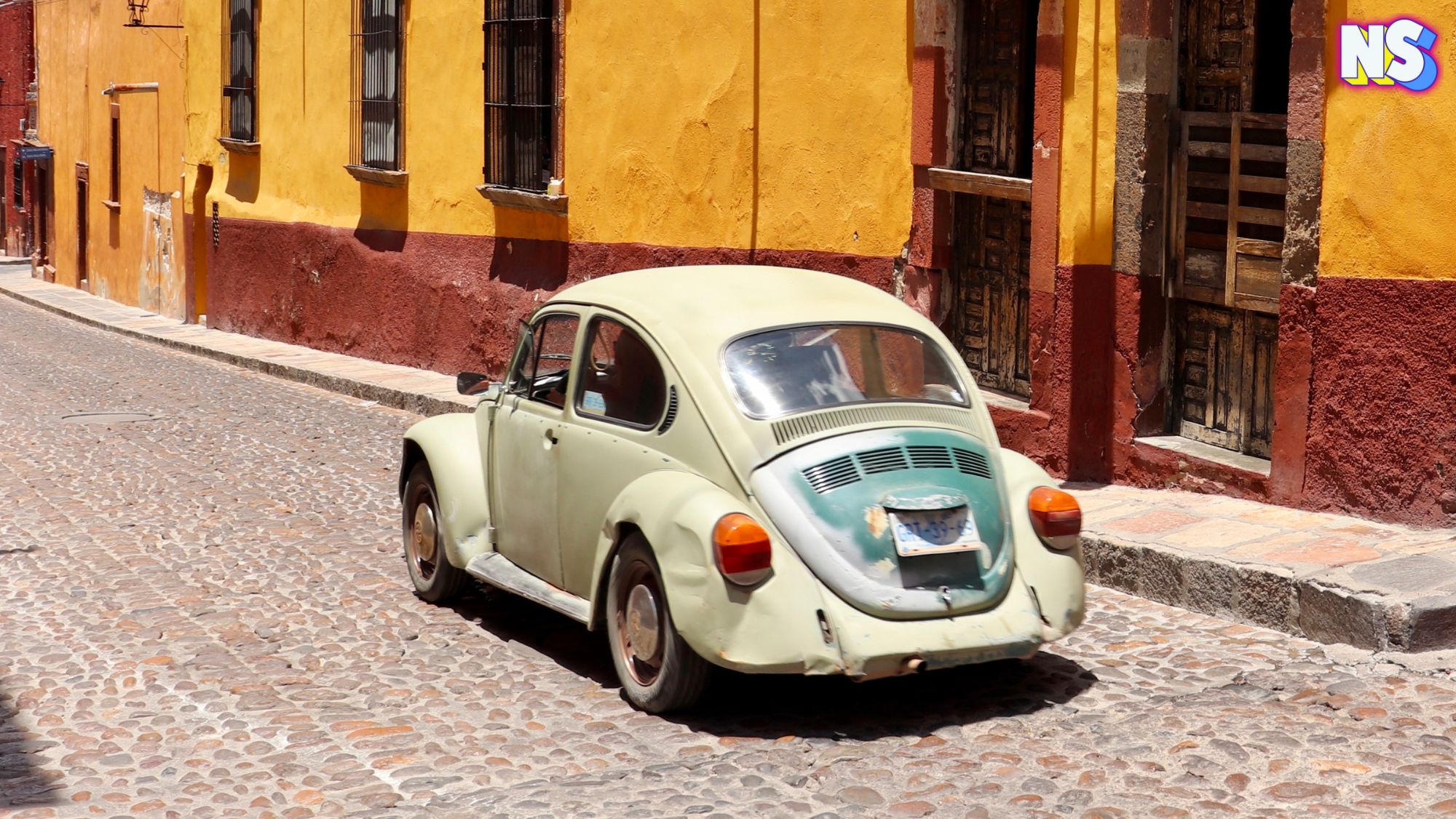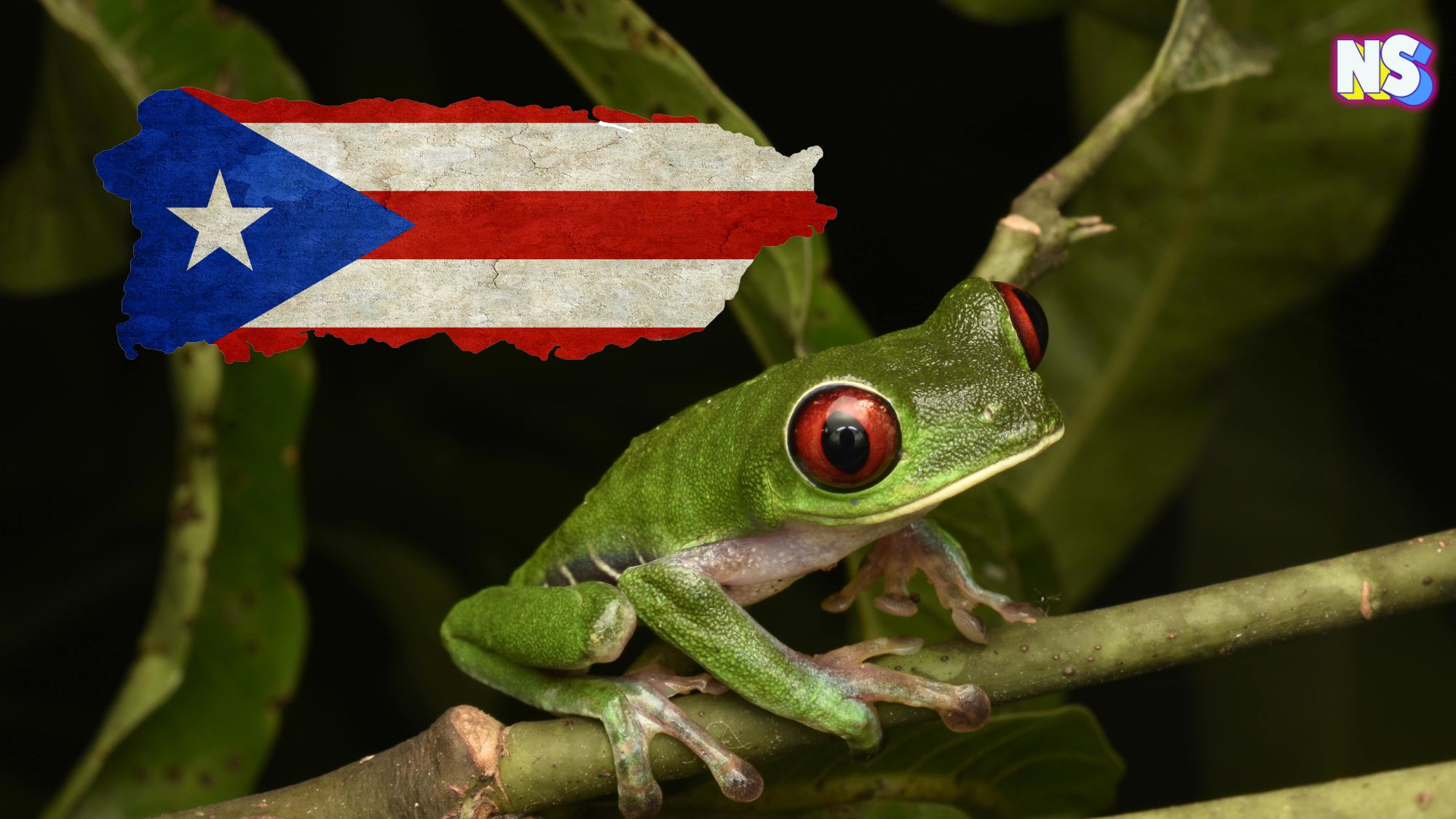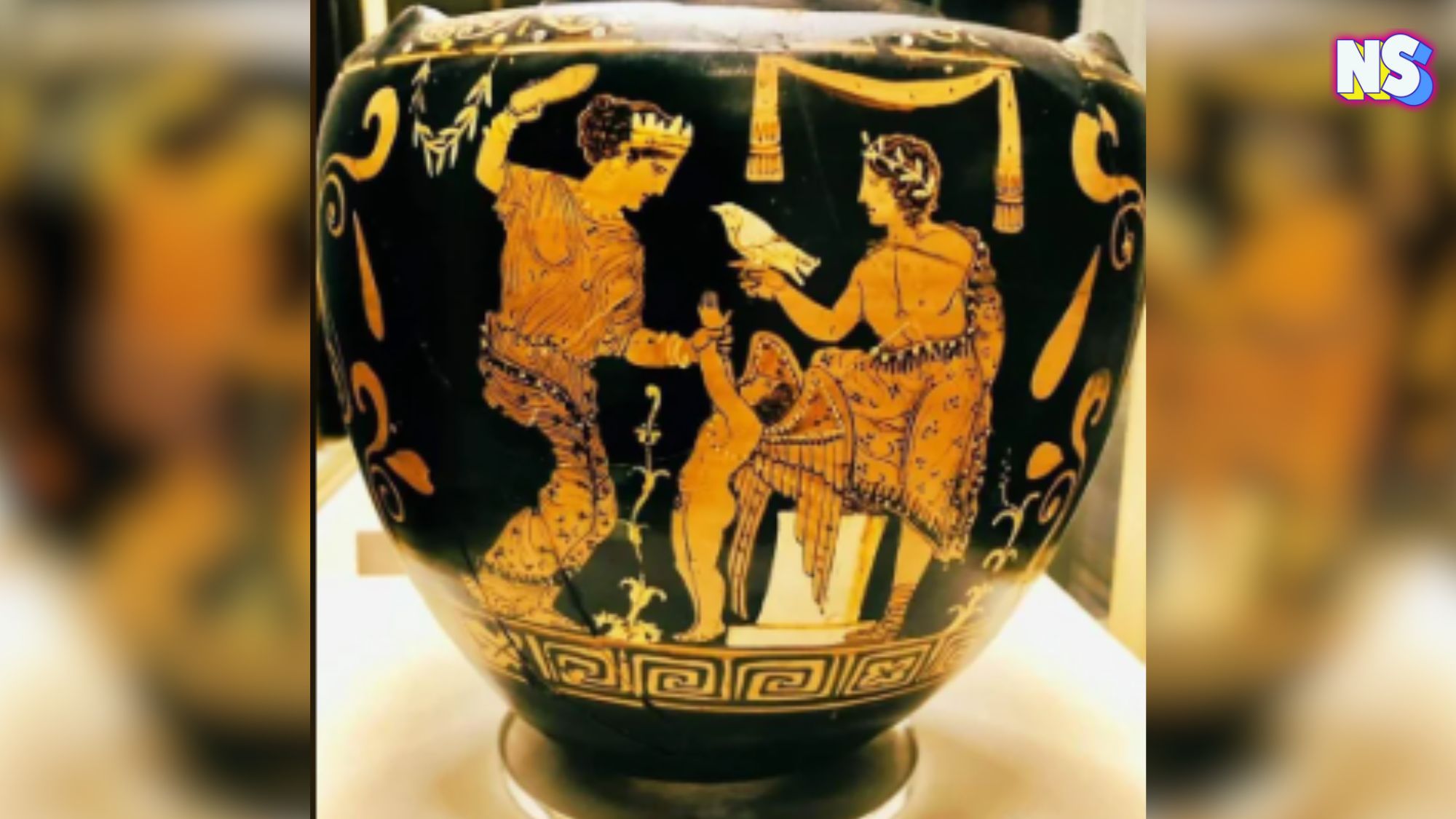When I first visited Mexico City as a kid, the weirdest thing happened. I saw VW Beetles everywhere. My young, non-car-knowing self was in awe. It wasn’t like an attack of the birds, like in a black and white Alfred Hitcock movie, but there were too many buzzing bugs to ignore. They didn’t just take over the city’s vibe, they created it. They honked, they zoomed, and they smelled. God, did they smell. To this day, if I smell a certain car exhaust, I’m sent back to the streets of Mexico City. So, when CNN recently wrote that the “VW Beetle is hailed a cult classic” in Mexico, I wasn’t surprised. The VW Beetle is Mexico’s car. But the question is why?
The VW Beetle is Mexico’s Car
First things first, in Mexico, the VW Beetle is not called a beetle or a bug. It’s called a “vocho.”
“The cars are often passed down generations, and they’re given pop-art color schemes and a bunch of affectionate nicknames,” an entry in Auto Blog explains. “The most popular one is ‘Vocho.’ The story says that ‘some say it is derived from the Spanish word for bug, ‘bicho,’ and combined the first two letters of Volkswagen. Others say it is just a shortened slang version of Volkswagen.”
And, yes, the tradition of gently punching someone when this car is spotted is popular there too. However, with the popularity of the vochos, your loved one’s or friend’s arms will soon be hurting. There are too many Mexican vocho sightings on the shortest of car trips around the country. They’re simply a way of daily life.
“All the people in Mexico learn to drive in a Volkswagen,” Mechanic Mario Gamboa told the New York Times. “All the families have a Volkswagen. If you don’t have a Volkswagen, then maybe your uncle or your cousin or your grandma does.”
And it’s been like this for decades.
The ‘Flower Power’ History of the Beetle
The Beetle, which was dreamt up in Germany during World War 2, under Hitler’s reign, reached North America in the 1950s. The first Beetle arrived on Mexican shores in 1954 as part of an exhibition to showcase Germany’s industrial growth, according to CNN.
It’s popularity grew slowly in Mexico before it exploded a couple of decades later. Meanwhile, in the United States, it soon became a symbol of the quickly growing flower power movement, created as a backlash to the strict traditions of the 1950s and 60s. The car was compact and fun. It was not your parents’ car, to say the least.
In the U.S., the Beetle solidified its respected status during this youth-led counterculture movement when concert goers flaunted their multi-colored bugs at the famous Woodstock festival in upstate New York. Photographs of the day show a parade of the cars heading to the festival. In other snapshots, exhausted hippies even slept on their VWs, like comfy outdoor mattresses. To the south, the car soon became a hit with another much bigger societal group. It was loved by the mainstream.
Vocho and Mexican Pride
The Mexican mainstream fell in love with the small VW Sedan, as it’s formally known, for many reasons.
“The Beetle was a quick success thanks largely to its affordability, reliability, and its mechanical simplicity,” CarsForSale writes. “With clear demand, Volkswagen responded by starting production on a provisional basis in 1961 with the first Volkswagen plant established a year later in Xalostoc.”
The demand for the simple car was too big for the small VW Xalostoc factory, so the German company built a much bigger one in the state of Puebla, in 1965. The car was not only a new classic on its roads, it was homegrown. The Beetle soon became a symbol of Mexican pride. Like its delicious cuisine, the car was homemade.
The Mexican plant went on to make millions of units, even exporting Beetles to Europe, where the German plants had ceased production. And it only got bigger from there.
“The Beetle was already a success in Mexico, when in 1989, the car was given a government subsidy, the ‘Decreto Del Auto Popular’ or People’s Car Decree to encourage sales of a domestically built car over more expensive Detroit steel,” CarsForSales writes. “This helped make the Beetle Mexico’s best-selling model through much of the 1990s, and the plant in Puebla produced the 21 millionth (world-wide) Beetle in 1992.”
In Mexico City, where I first discovered the iconic vocho, the cars were converted into taxis. However, “fuel-inefficiency, emissions, and lacking modern levels of safety” led the Mexican government to phase out the taxi bugs on its city roads.
The Vocho Lives On
Over time, the demand for the Beetle slowed down over the world. In the U.S., rising fuel costs and new emission standards were to blame. However, its Southern neighbor stayed in love with their vochos.
“… in Mexico, where the last Beetle rolled off the production line at Volkswagen’s flagship factory in Puebla in 2003, the plucky car lives on,” CNN explains. “Reinvented and reinvigorated by its cultural legacy, Mexico is one of the few remaining places where a taste of Beetle-fever still exists.”
Whether it’s pride or nostalgia, the Beetle is part of Mexican heritage. “…. although parts are now more expensive and much harder to find, the appetite for people to own and drive them in Mexico remains unchanged,” Auto Mechanic Jose Luis tells CNN.
I totally understand. I was just a tourist, and I still think of Mexico City when I see a classic VW Beetle buzzing by. And, deep down, I know it’s not just a Beetle. It’s a vocho.





